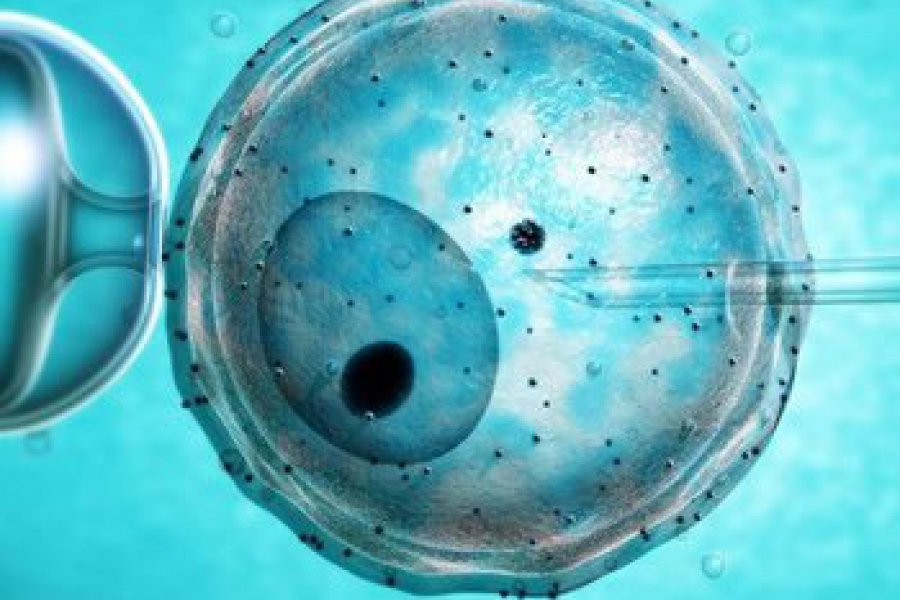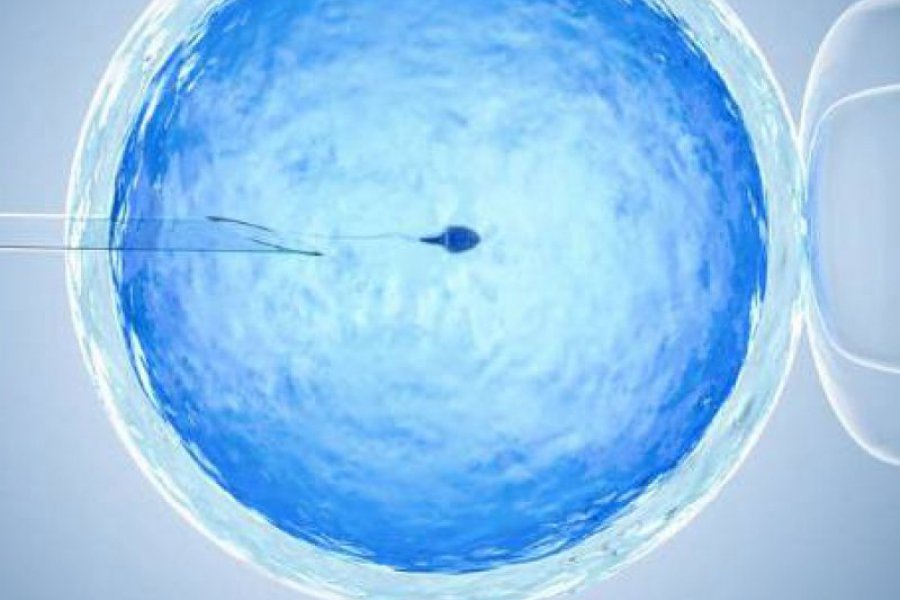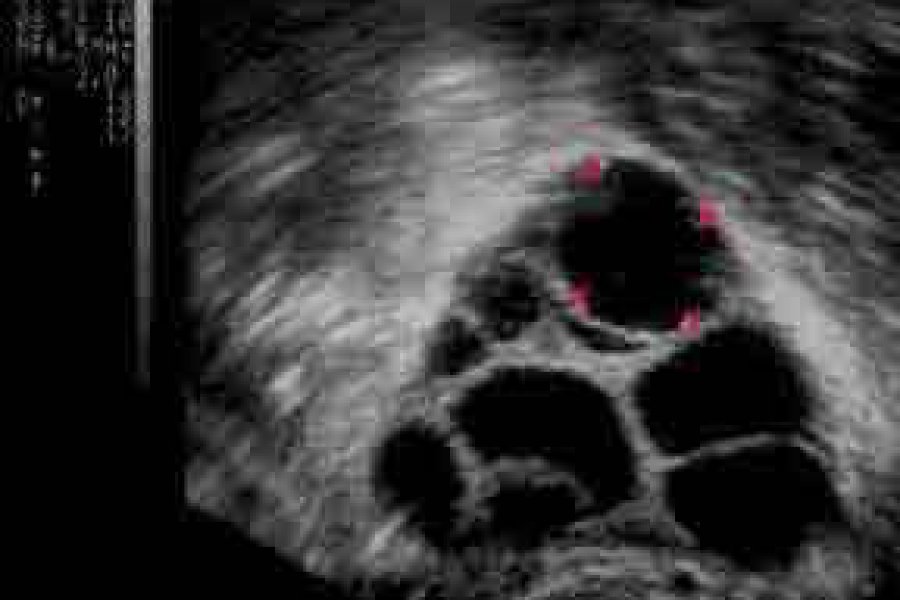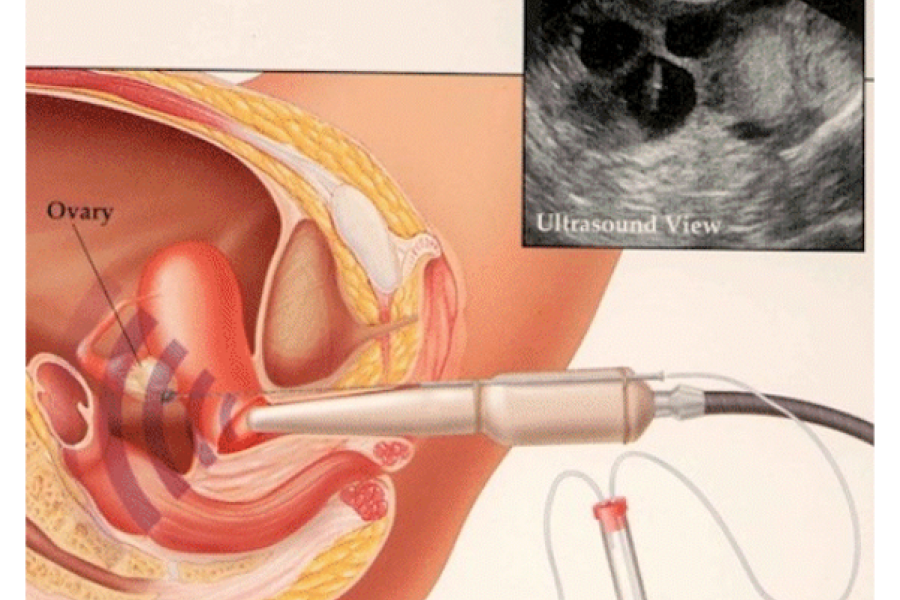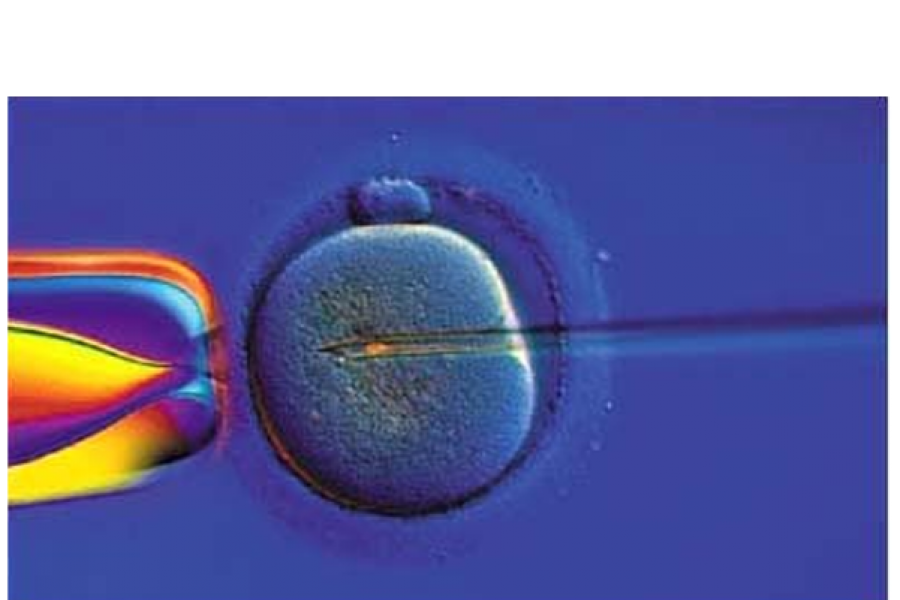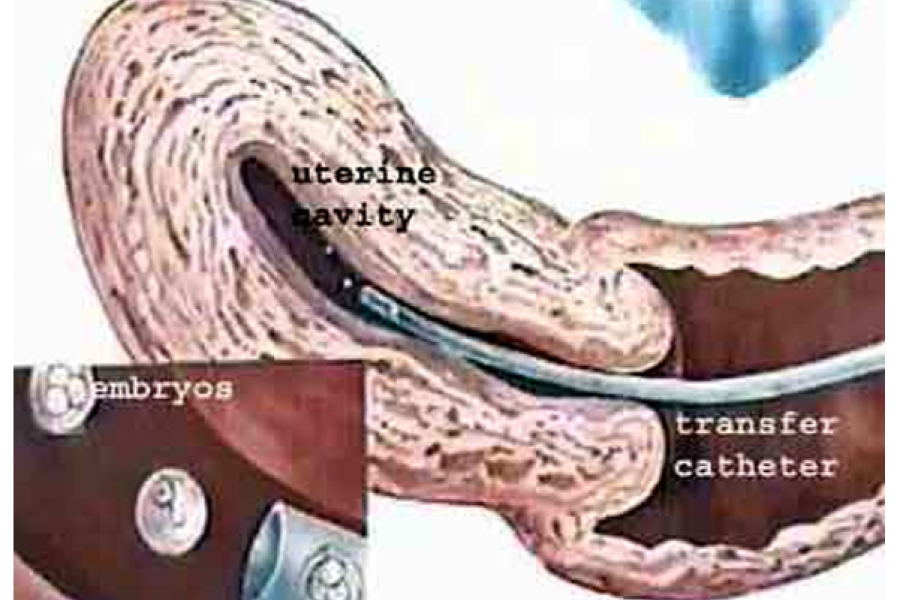OHSS (OVERStimulation Of Ovaries)
OHSS (OVERStimulation Of Ovaries)
It is a picture that occurs as a result of the ovaries' over-response to the gonadotropin hormones used during the stimulation of ovulation, which can be dangerous when its severity increases and can even lead to fatal results. Its incidence is between 0.5% and 5%.
It is classified according to its severity as mild, moderate or severe. Mild and moderate form is a situation that we create and want during ovulation induction in IVF applications, but if the event turns into a severe form, it can lead to serious consequences, so care should be taken during ovulation treatment.
According to the severity of the problem, the picture manifests itself with the overgrowth of the ovaries, the feeling of discomfort in the abdomen and the formation of ascites (fluid collection in the abdomen). The patient may experience abdominal pain, bloating, nausea and diarrhea.
In the severe type of OHSS, the patient has significant bloating and respiratory distress. Severe pain in the lower abdomen. With low blood pressure, a decrease in urine output is observed. As the severity of the problem increases, fluid accumulation in the chest cavity, deterioration in liver functions and electrolyte disturbances add to the picture. In cases where OHSS progresses, a life-threatening picture may occur. Increase in blood concentration, decrease in blood volume, organ failures and thromboembolic (problems due to excessive coagulation of the blood) events may occur.
The main reason for the formation of OHSS is the increase in vascular permeability due to some substances produced by the ovaries as a result of the HCG hormone applied together with the increased estradiol hormone level. Patients with polycystic ovary syndrome are at higher risk of developing OHSS. OHSS is more common in young (under 35 years old) and thin patients.
The important thing is to prevent the development of OHSS. It is important to know the risky patient and to choose the most appropriate treatment protocol with the lowest possible dose in order to prevent the development of the disease.
As a precaution to prevent the development of OHSS;
In cases where the estradiol level rises above a certain value, the HCG day can be delayed for a few days, thus preventing the development of OHSS in the patient.
OHSS can be prevented or its severity can be reduced by administering less than the standard dose of hCG.
When pregnancy occurs, the severity of the disease increases, and in cases where pregnancy does not occur, it regresses spontaneously. Therefore, in patients with severe OHSS, embryos can be frozen rather than transferred, and frozen embryo transfer can be performed in later cycles. In this way, the patient is protected from the negative effects of pregnancy.
In patients with OHSS risk, ovulation treatment with antagonist protocol and using GnRH agonist instead of HCG reduces the risk of OHSS.
Once OHSS has developed, treatment is entirely symptomatic. The aim is to wait for the condition to regress spontaneously by providing the patient's fluid and electrolyte balance.
In the severe type, the patient needs to be hospitalized.
In patients who have severe respiratory distress or whose urine output stops, the acid in the abdomen can be emptied and the patient can be relieved.
Termination of pregnancy is a method that can be applied as a last resort in cases where pregnancy cannot be achieved with medical treatment and the result may be fatal.
